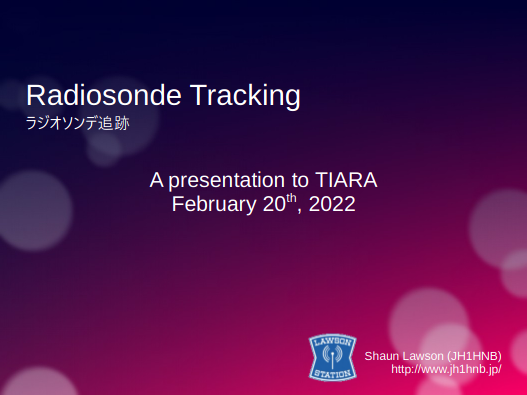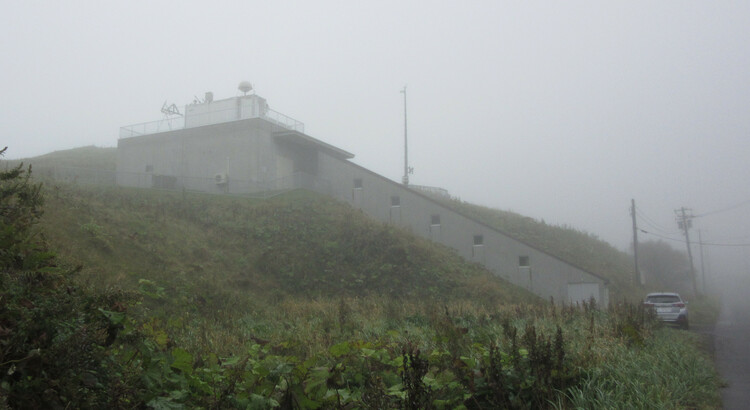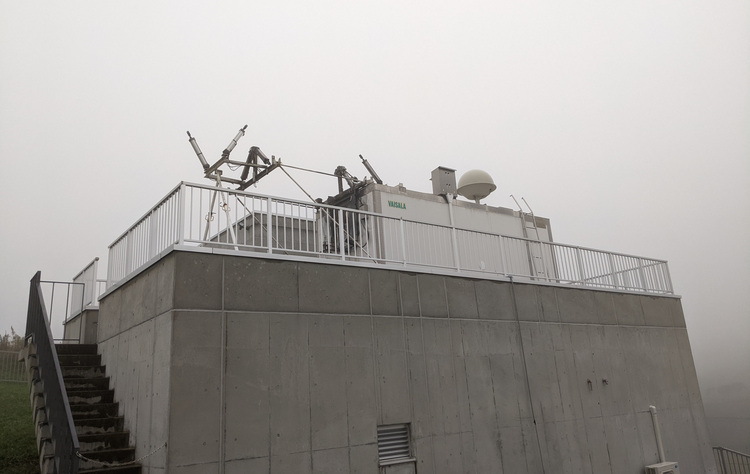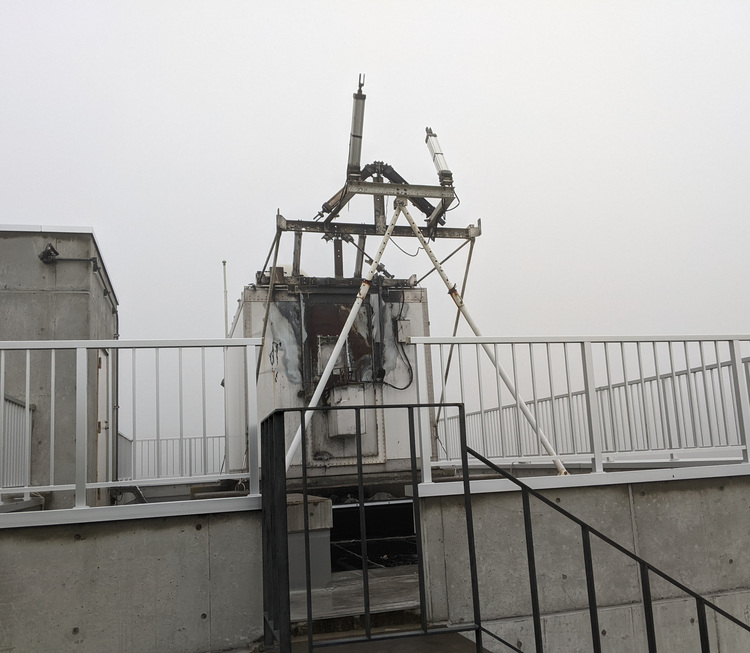A recent work trip brought me to Hokkaido, Japan. Taking a look at Sondehub beforehand, I noticed a few radiosonde launch sites on the island. My work would bring me closest to the Kushiro radiosonde launch site, so maybe if I had some free time I could go watch a launch.
Research
Before leaving for the trip, I contacted Shaun JH1HNB/KJ6VGQ, who was uploading radiosonde data to Sondehub. Shaun lives in Tokyo, and has written some blog posts about his experiences.
Shaun gave a presentation (pdf) in February 2022 to the Tokyo International Amateur Radio Association. The presentation was about using radiosonde_auto_rx or a rdzTTGOsonde to receive radiosondes.
I also did some research on the Japan Meteorological Association's radiosonde webpage (pdf), which has a lot of information about the program. Their online map showed that this site uses an autolauncher, but doesn't indicate which type of radiosonde is launched.
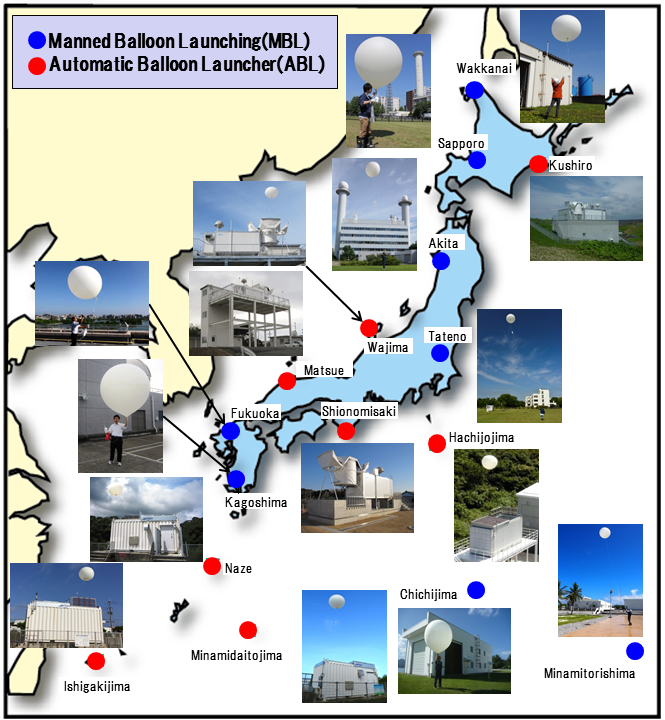
Since radiosonde_auto_rx can receive all three of the types of radiosondes that are launched in Japan, I felt confident that I could receive any radiosonde that was taking measurements.
Kushiro Site Visit
The drive from where I was staying to the launch site was about 3 hours, along the east coast of the island. Hokkaido is very lush, which is very different than the desiccated California where I live. There was a fog advisory that afternoon, so the further I drove north the thicker the fog became, which wasn't so great for seeing the sights. By the time I arrived at the launch location around 5pm local time (well before the 00z launch), it was getting dark with visibility around 50 meters.
I immediately noticed that something was wrong. The white dome end of the autolauncher was missing, and the door opening pistons were arranged haphazardly into the blowing fog. Walking closer, it was apparent that the autolauncher had been recently destroyed by a fire. The debris from the fire had been cleaned up, but nothing had been repaired, and it was clear that no launch would be taking place.
For reference on what a Vaisala autolauncher should look like, see this post about the autolauncher near my home in Oakland, California, or my more recent visit to Fairbanks, Alaska
JMA Press Releases
After returning to the US and sharing my findings, Shaun found a press release about the fire on the Japan Meteorological Agency's webpage. I should have done a bit more research before making the long drive up. The translation:
Kushiro Aerometeorological Observatory (Masuura, Kushiro City), February 25, 2022. A fire broke out in Unmanned and was extinguished by fire extinguishing activities at 21:36. The cause of the fire is currently under investigation. For the time being, upper-air observation at this observation facility will be suspended.
Another press release on June 29th, 2022, says that they will restart weather observations for the summer. Translation:
At the Kushiro Upper-Altitude Meteorological Observatory (Masuura, Kushiro City), a fire broke out on February 25, 2022. As a result, for the time being, we have suspended upper-air weather observation by automatic ball launcher.
Upper-air meteorological observations at the same site will greatly contribute to the monitoring of heavy rain and the improvement of prediction accuracy. Therefore, from July 1 to September 30, 2022, high-rise workers will conduct weather observations.
Thanks to Shaun, another news article on June 29th in the Hokkaido Shimbun newspaper says that they are launching once radiosonde per day:
On the 29th, the Sapporo District Meteorological Observatory announced that from July 1st, the upper-air observation in Kushiro City, which had been suspended since February due to a fire in the equipment, would resume. Balloons are sent into the sky to check atmospheric pressure and temperature up to an altitude of about 30 kilometers. For the time being, in order to improve the accuracy of heavy rain forecasts, the balloons will be flown manually, reducing the usual twice-a-day observations to one. In Hokkaido, upper-air weather observations are also being conducted in Sapporo and Wakkanai. (Sora Udagawa)
Unfortunately, I must have been listening at the wrong time to hear the manually-launched radiosonde. I will be back in Hokkaido soon, and hopefully they will have the autolauncher fixed.
